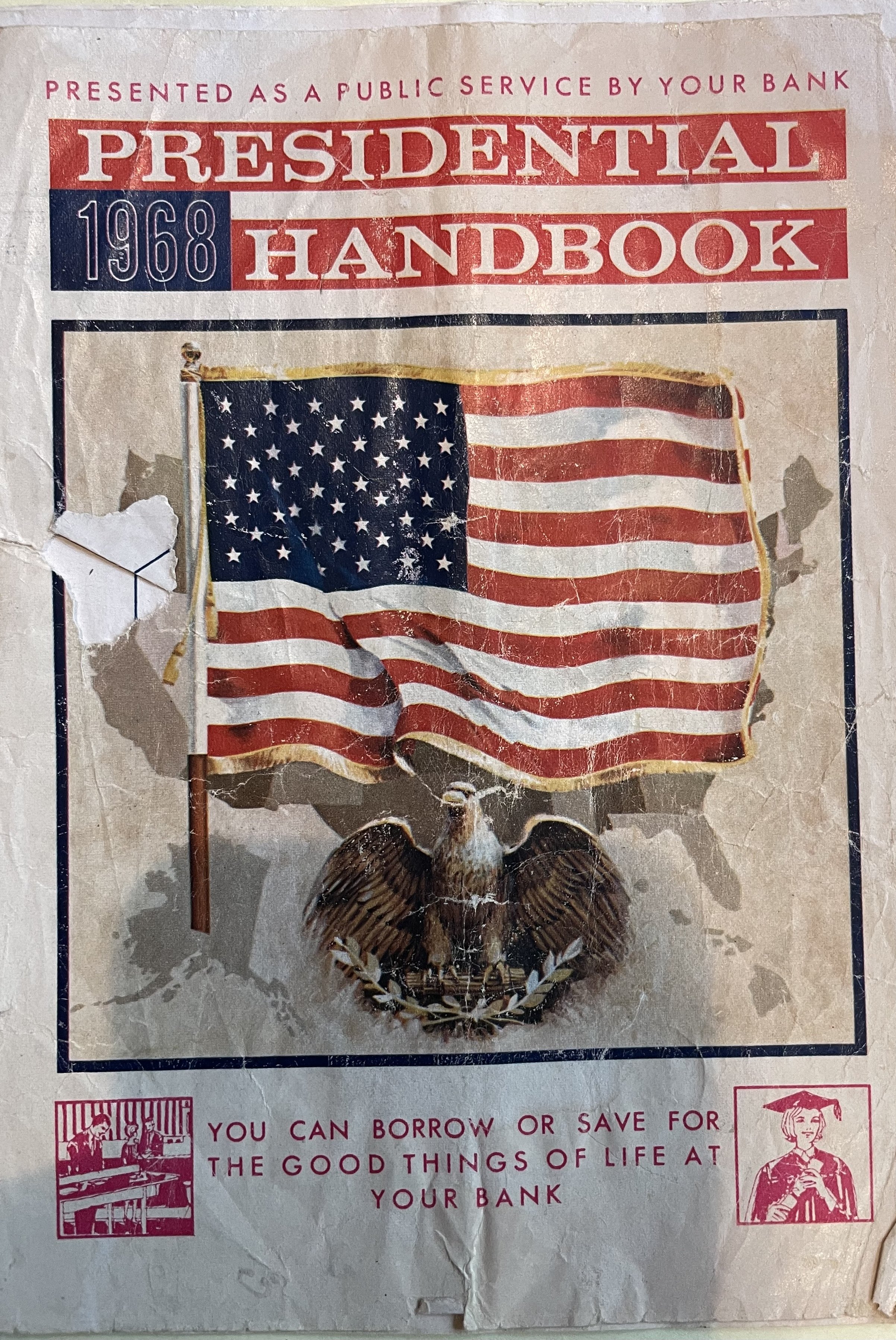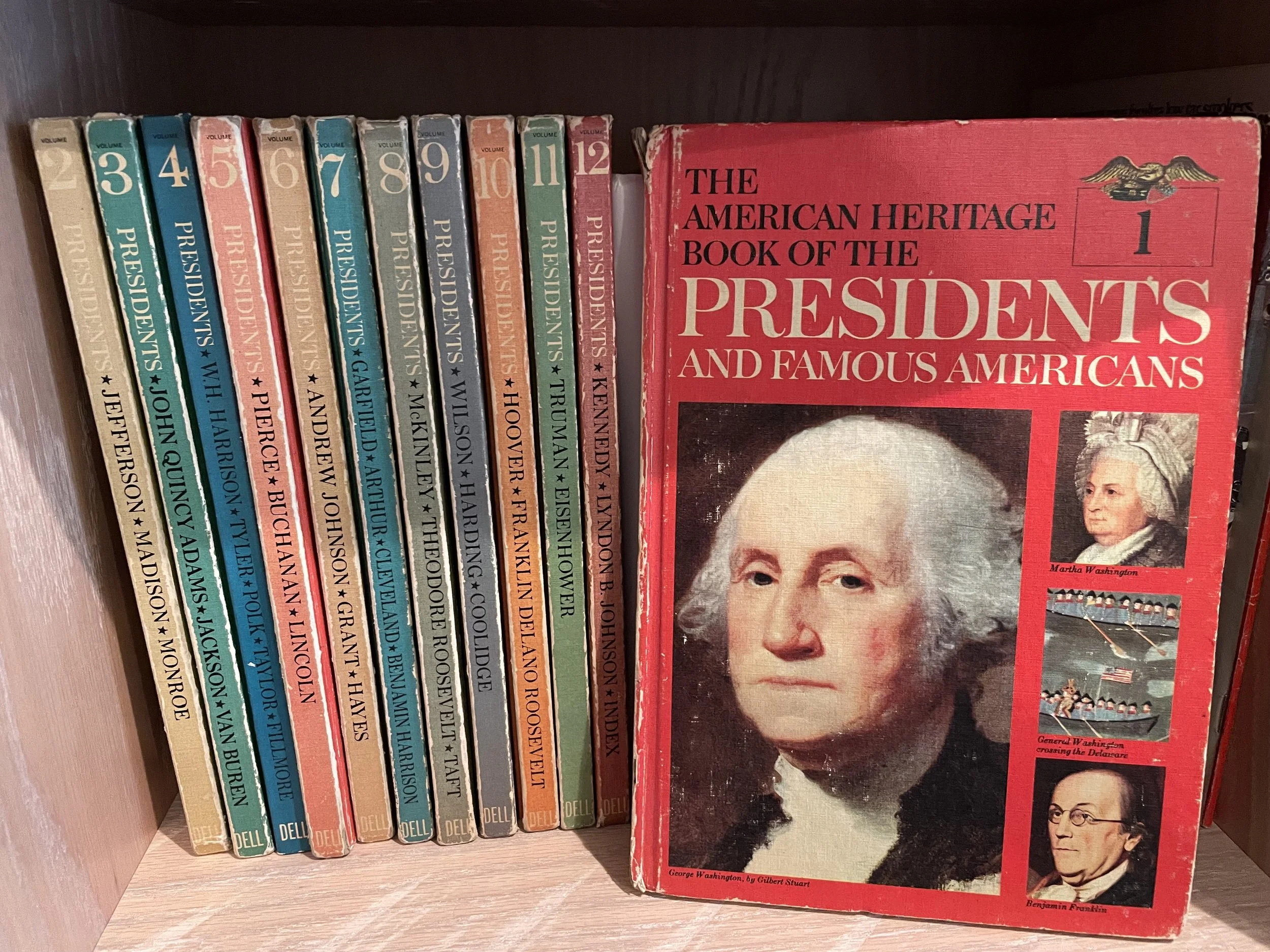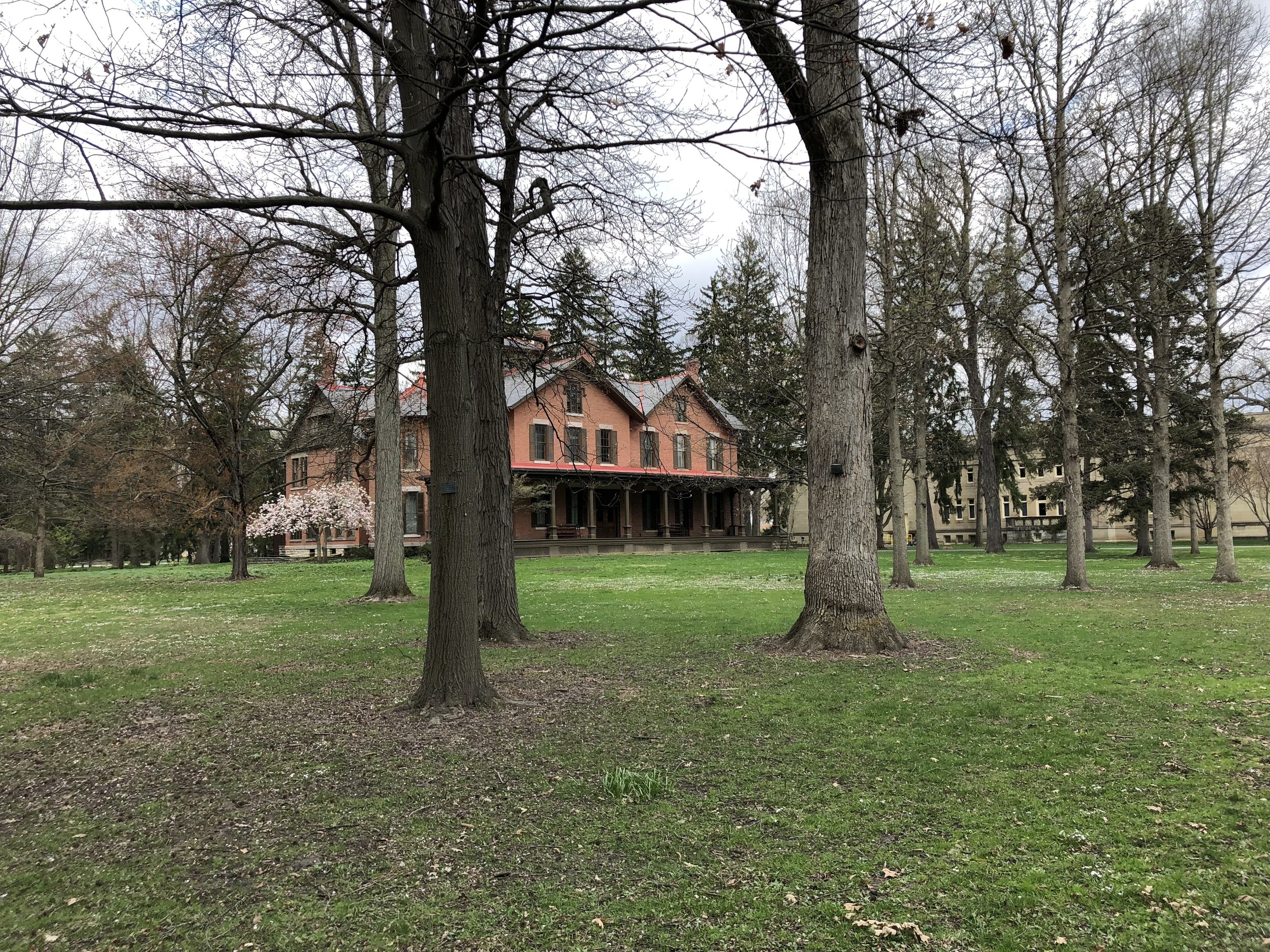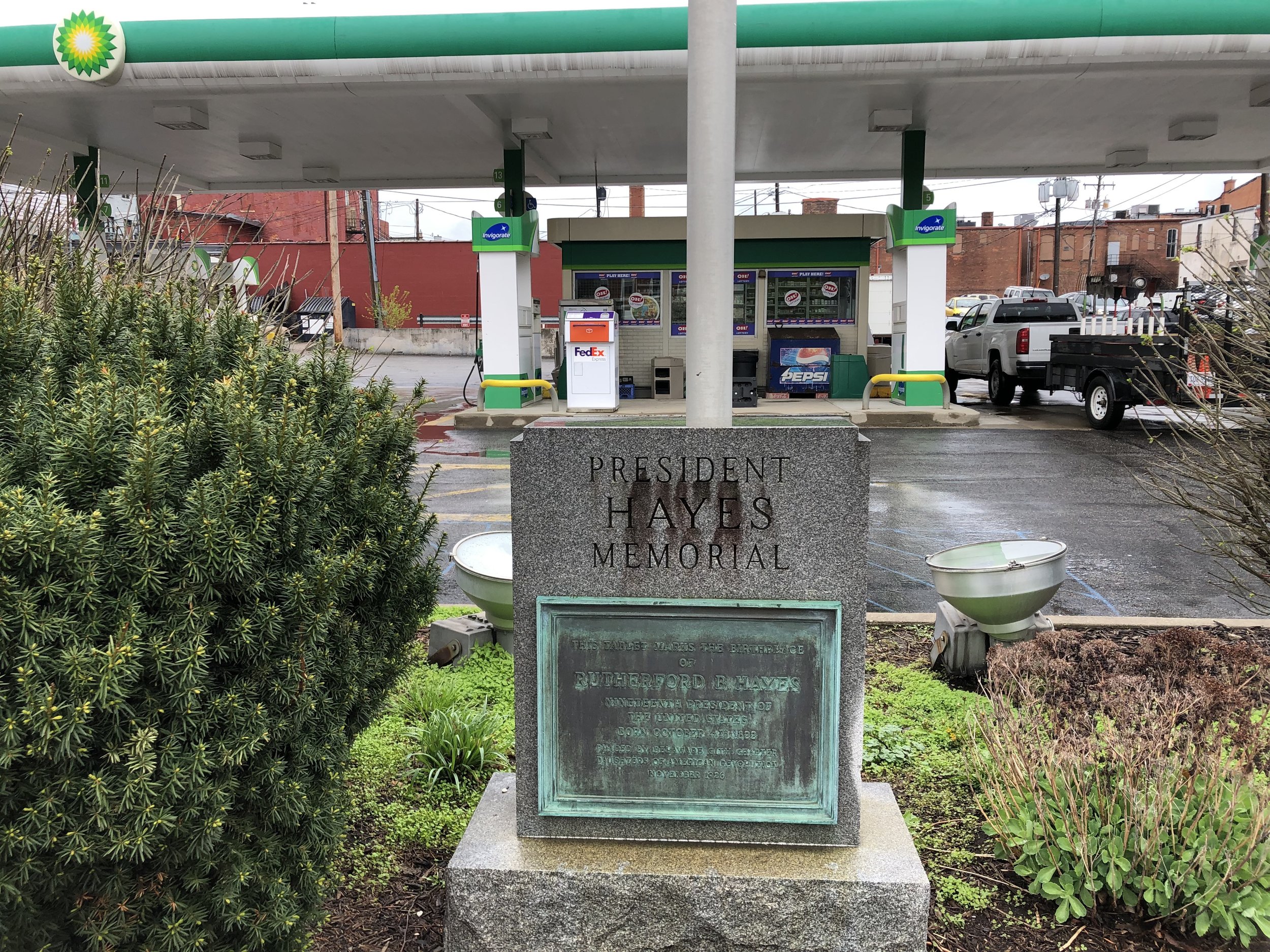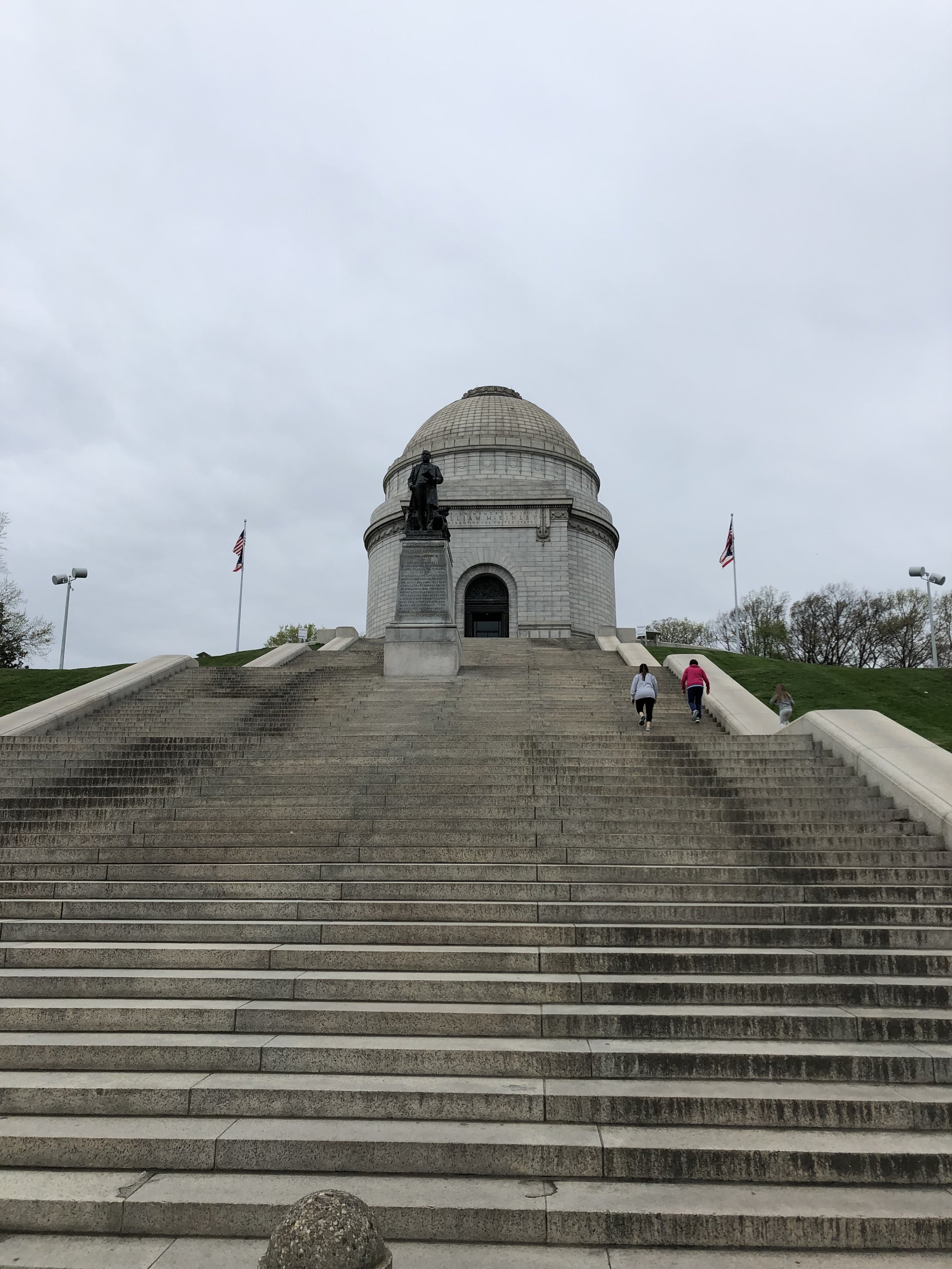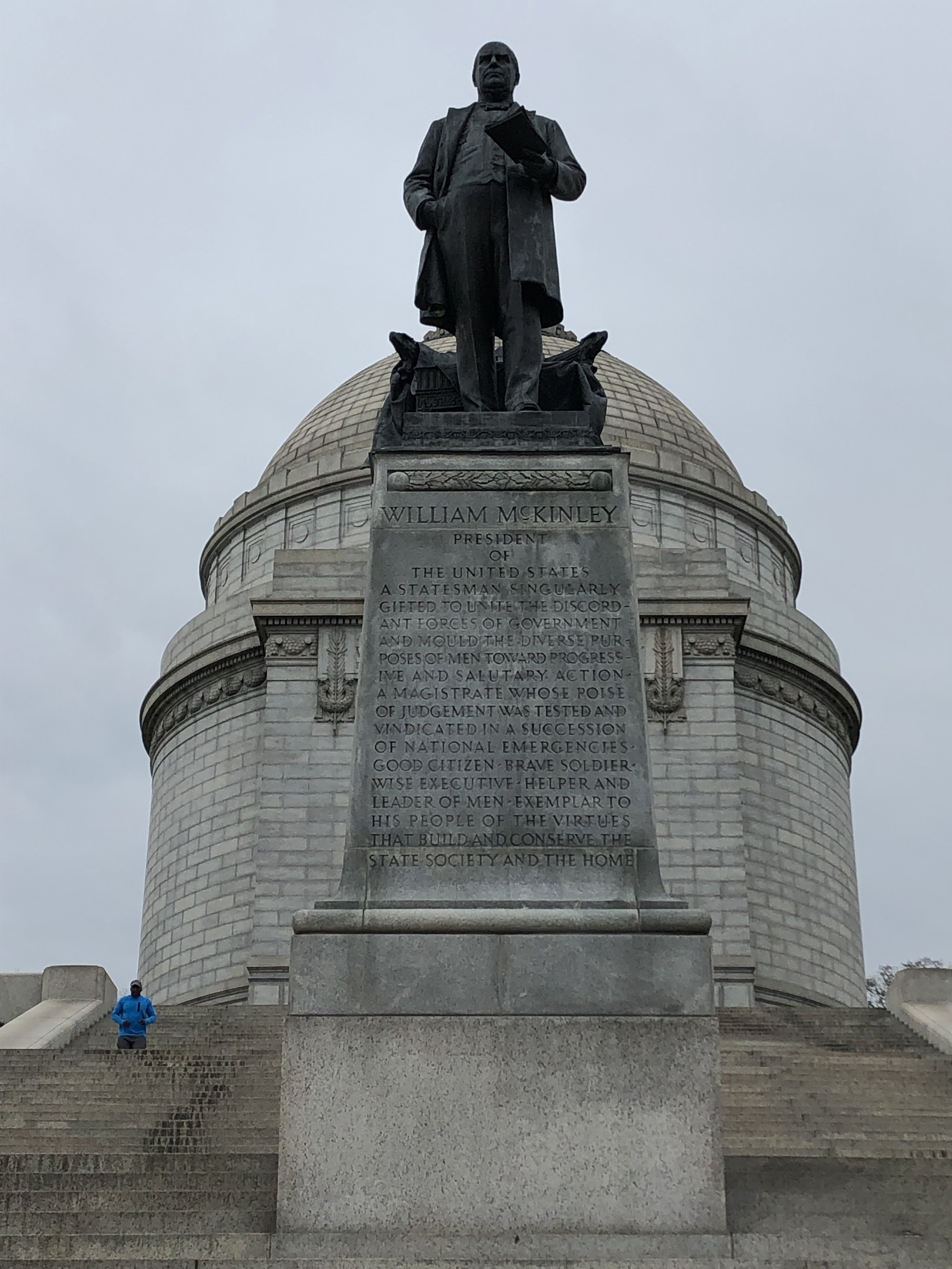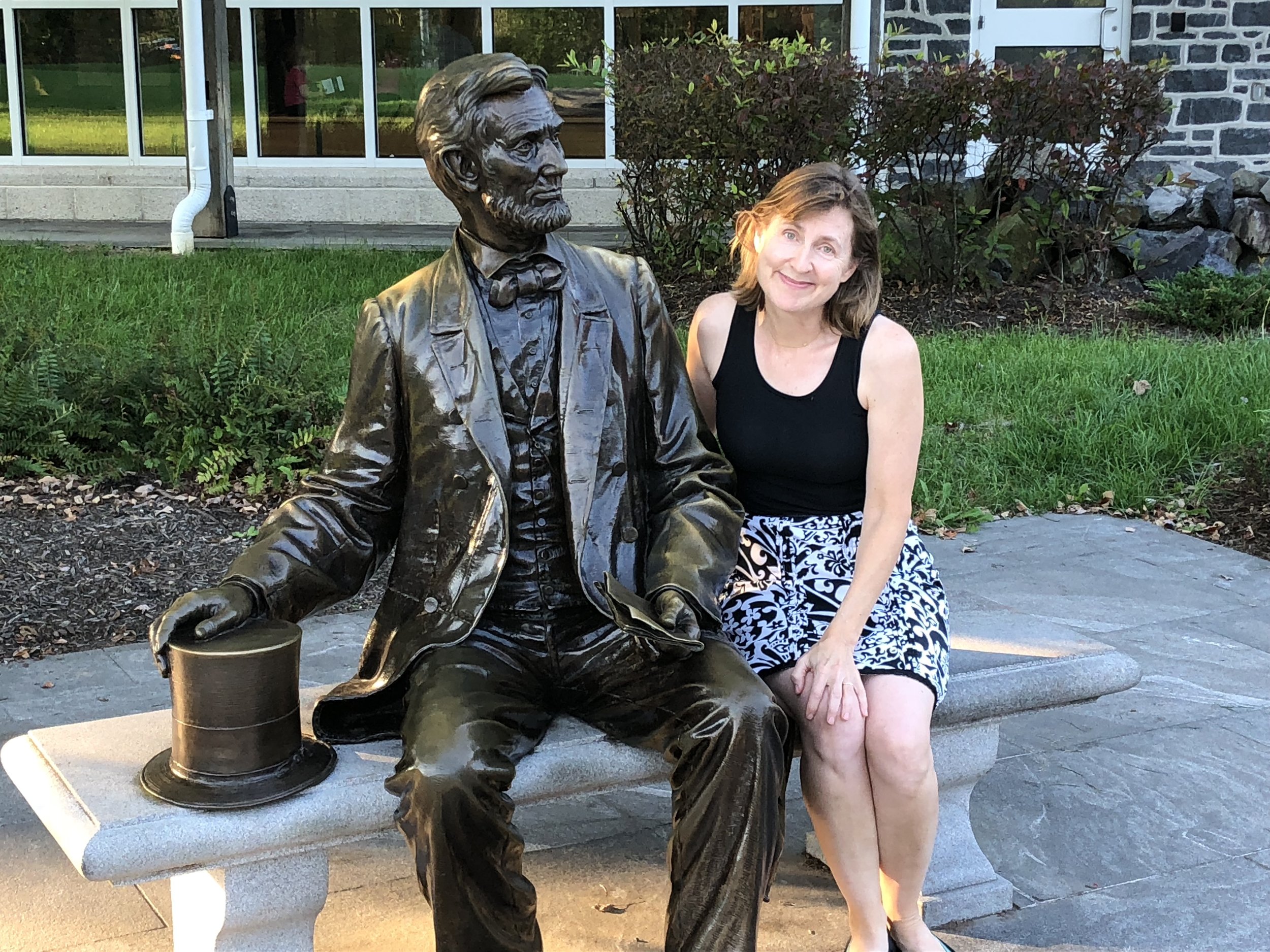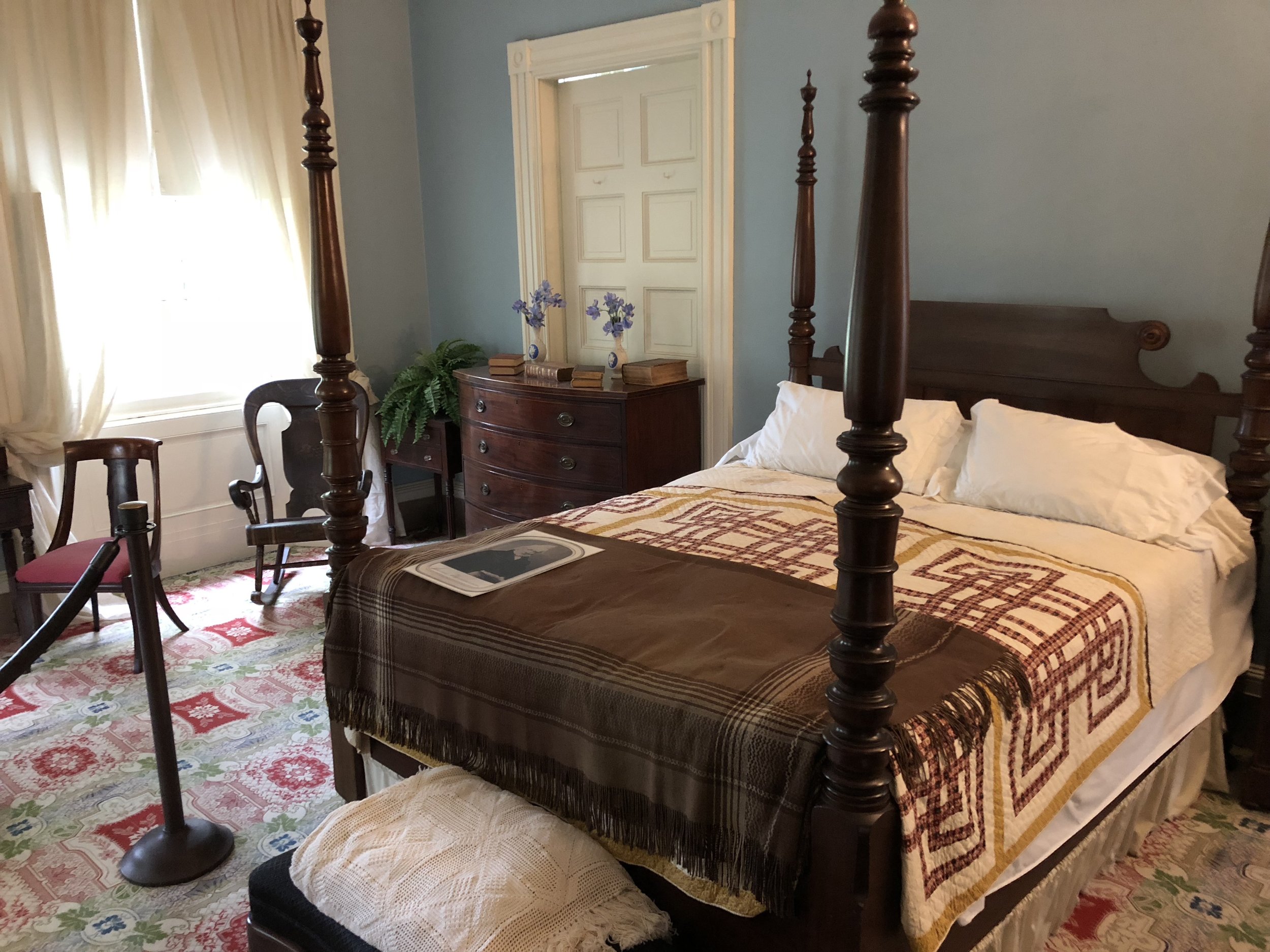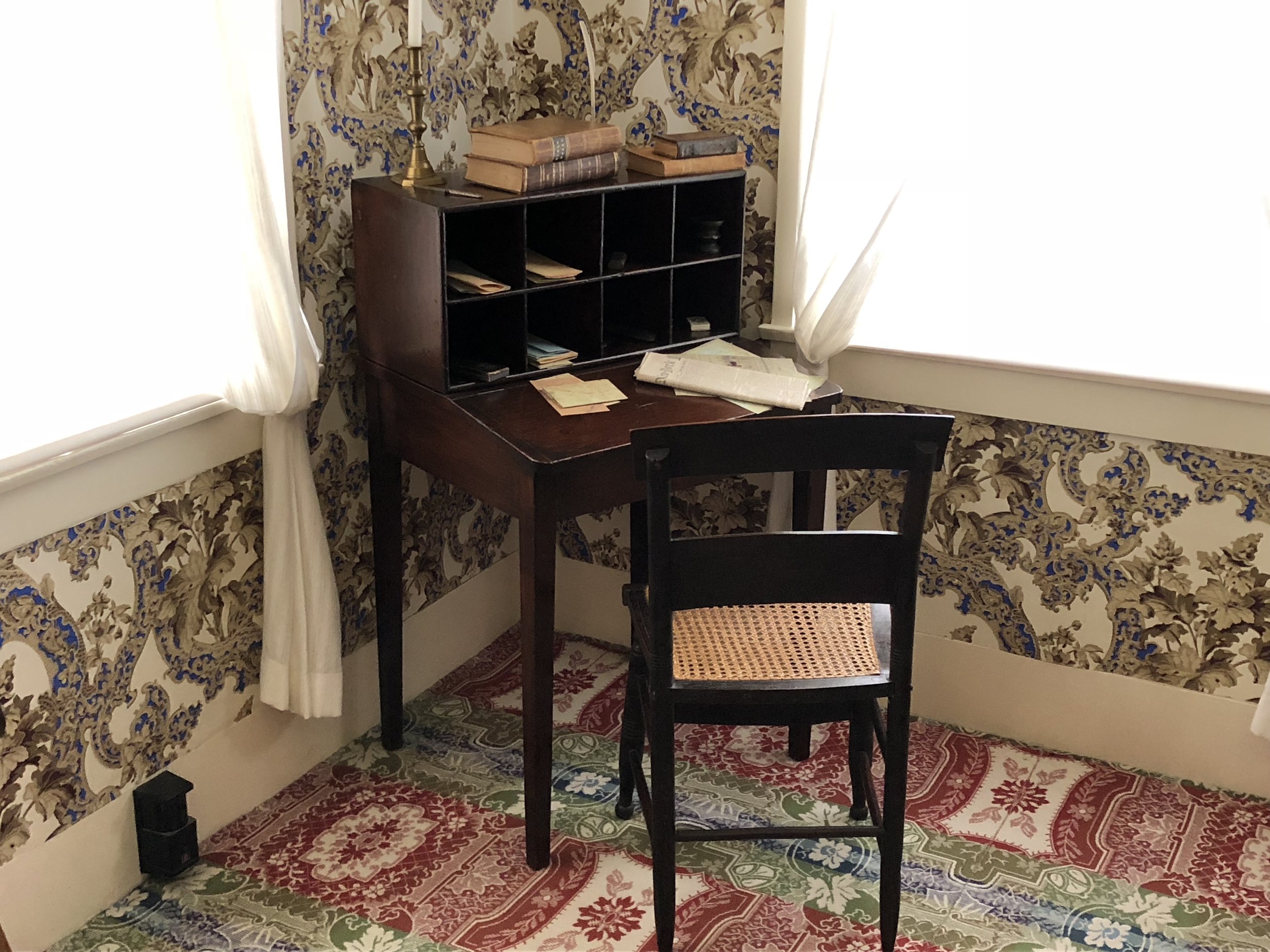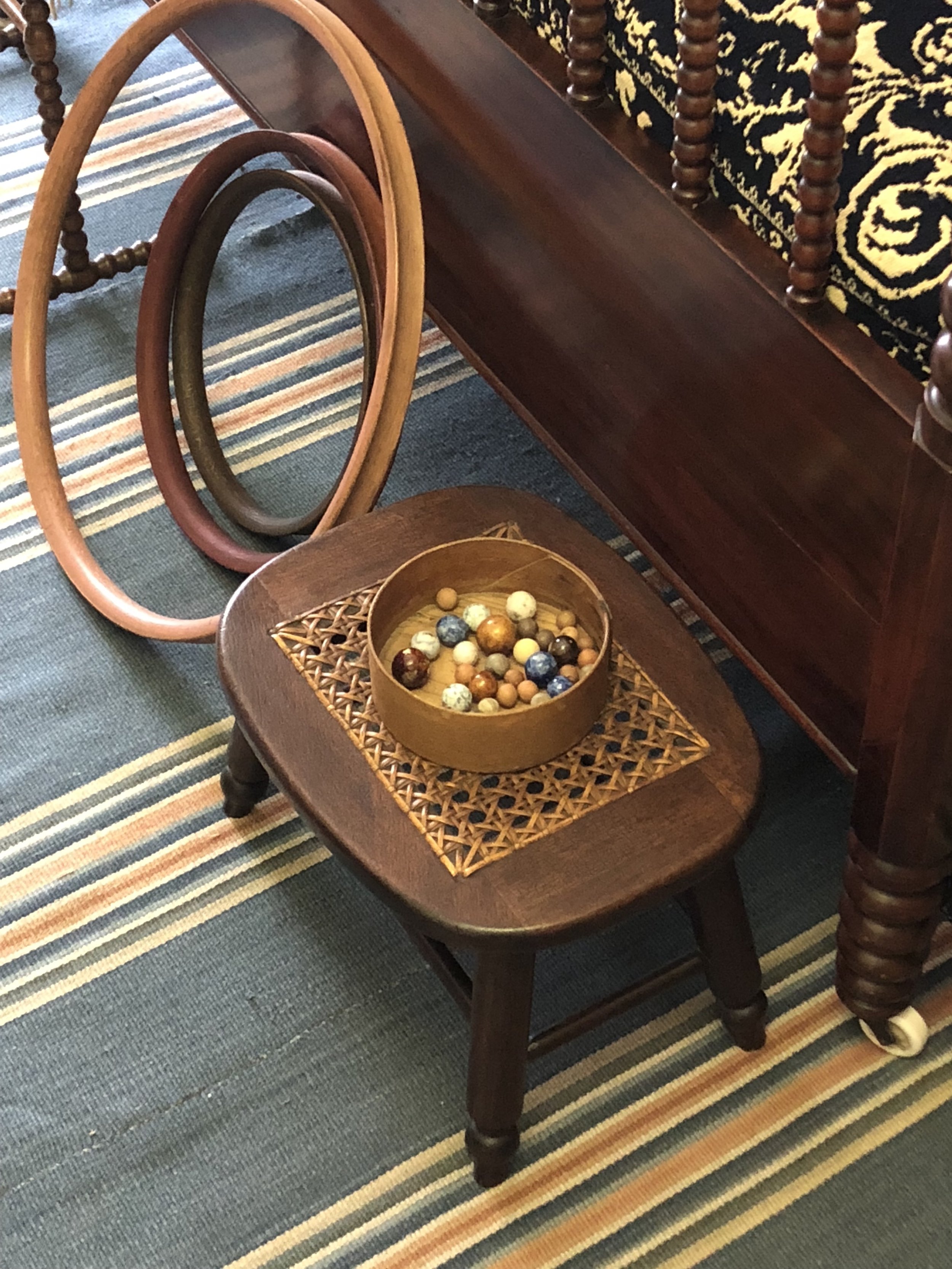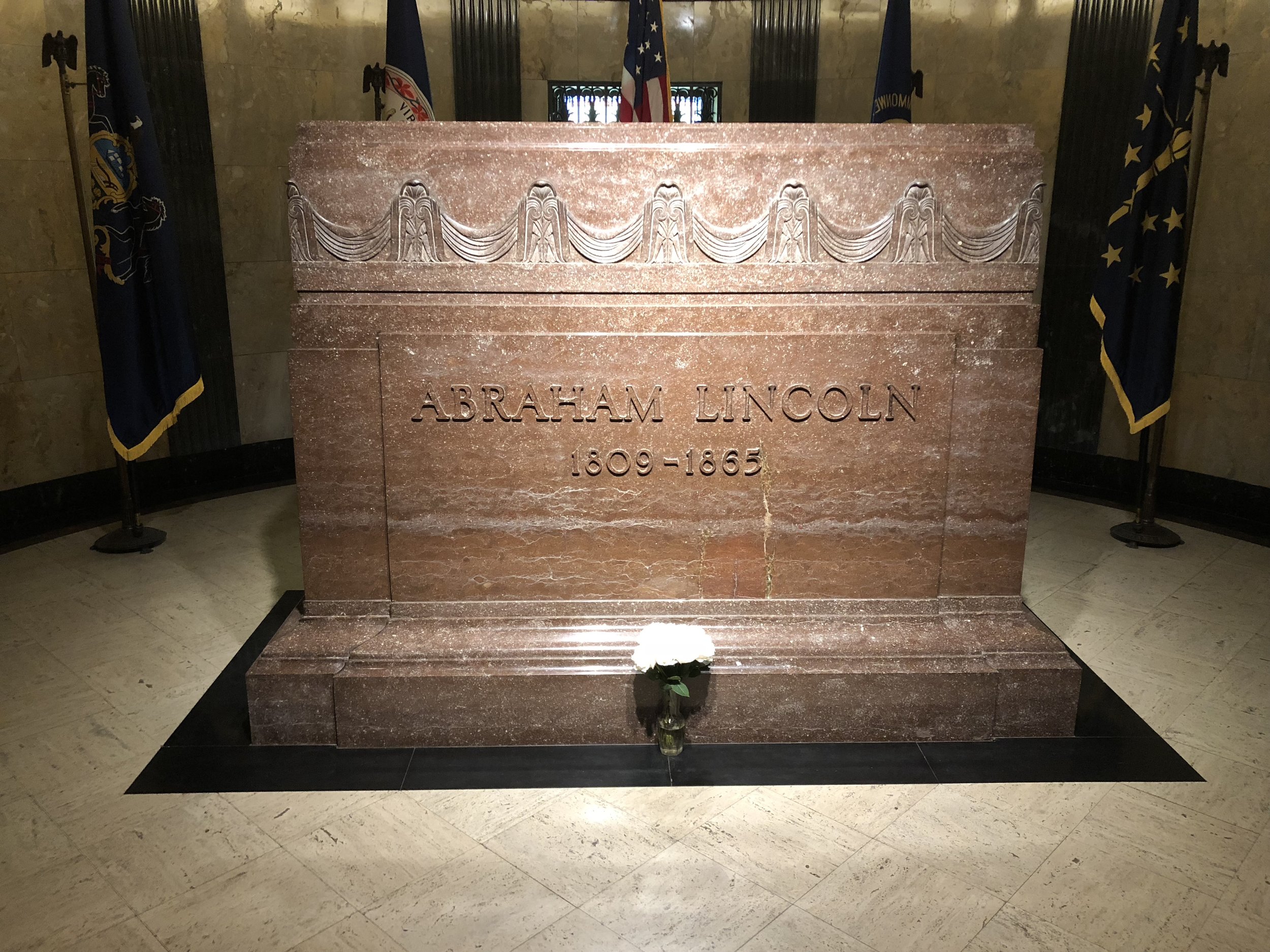Since A Presidents Story was published I have been asked by several people to name my favorite President biographies. I usually throw a few titles out but, given how many I have read and how many I have enjoyed, I am usually a little tongue-tied when I try to respond. I decided for this month’s update to settle on my “Top Ten.” I note, however, that if I had to name my top 20, numbers 11 through 20 would not be far behind the list below. I have also included two “bonus picks” that were indispensable to my research for and writing of A Presidents Story.
Inevitably, some people will wonder how I could leave off well known works like, e.g., David McCullough’s John Adams or Truman, Ronald Chernow’s Washington, Carl Sandburg’s books on Lincoln, Edmund Morris’ The Rise of Theodore Roosevelt or Dumas Malone’s series on Jefferson. While these books are all well done (and, in the case of Chernow’s book on Washington, extremely well written), I admit to preferring books about the lesser known Presidents (thus, my focus in A Presidents Story). Additionally, while I truly admire the depth and quality of the research that went into some of these “classics”, even I can find all the detail to be a bit of a grind.
With that (click on each title to be linked to the Amazon page for that book),
My Top Ten Biographies
1. Hoover: An Extraordinary Life in Extraordinary Times (2017) by Kenneth Whyte: Those who know me will not be surprised that a Herbert Hoover biography tops my list. I have probably read more biographies on Hoover than any other President. Eugene Lyons was the biographer who first brought Hoover to life for me and educated me on how much my U.S. History classes and the standard treatments of Hoover left out. Mr. Lyons was an unabashed Hoover fan as were many of the other biographers of Hoover (Coolidge’s and FDR’s biographers tend to not be as enamored with Hoover). Whyte’s recent book, however, is one of the most balanced biographies I have ever read. He does not shy away from describing Hoover’s faults and flaws but it is clear that Whyte warmed to his topic as his research progressed. By the end the author did a thorough job of objectively examining his subject and is still left in awe of the 31st President’s accomplishments over an “extraordinary life.” Finally, the quality of Whyte’s writing is such that this was the only time I remember getting choked up while reading a President’s biography.
2. Franklin Pierce: New Hampshire’s Favorite Son (2004), Volume 1 and Franklin Pierce: Martyr For the Union (2007), Volume 2 by Peter Wallner: Prior to 2004, it was almost 75 years since the last book on Franklin Pierce. When I saw that a new biography came out on Pierce, I was delighted because, up to that point, I only had a very small reprint of an old campaign biography. That little book allowed me to say I had biographies on all the Presidents but it was not exactly a scholarly work. The pleasant surprise was that Peter Wallner’s two volume biography of Pierce is excellent. It is a balanced treatment that dispels many myths about Pierce. Additionally, Wallner’s writing style is engaging and well-paced. As I allude to in A Presidents Story, Pierce was a bit of a tragic figure of unfulfilled potential. While the comparison is not perfect, the country was optimistic about the young, charismatic Pierce at the time of his election, much like it would be a little over a hundred years later at the election of JFK. Wallner details this phenomenon as well as Pierce’s fall from grace through circumstances largely beyond his control in a very readable but scholarly manner.
3. The Presidents Club: Inside the World’s Most Exclusive Fraternity (2012) by Nancy Gibbs and Michael Duffy: This is technically not a President’s biography and it probably does not even qualify as a scholarly work. Nonetheless, it is one of my favorites. The authors explore the relationships between the Presidents and their predecessors starting with Truman (and his relationship with Hoover) and running through the first couple years of Barack Obama’s term. It is fascinating to read about the unlikely alliances and surprising tensions between these men. The book brilliantly illustrates why the Presidency is the job that one has to have done to understand.
4. Destiny of the Republic: A Tale of Madness, Medicine and the Murder of a President (2011) by Candice Millard: This book about the assassination of 20th President James A. Garfield is written and reads like a novel. But it is well researched and does an excellent job of not only telling a riveting tale but of illuminating Garfield, another man of great charisma whose election in 1880 buoyed a weary nation. Millard is a gifted historical writer who also wrote a gripping account of Theodore Roosevelt’s adventures in the Amazon after his Presidency in her book The River of Doubt.
5. American Ulysses: A Life of Ulysses S. Grant (2016) by Ronald C. White: I struggled for, literally, decades to find a good biography on Ulysses S. Grant. The wait turned out to be worth it when I read this recent work by White a couple years ago. White’s writing style is engaging and he has a talent for determining where going into greater detail will not cause him to lose the reader and knowing when to take note and move on. For me, shifting the view I have developed about a President over a lifetime of study is hard but White changed my perspective on Grant significantly. Probably somewhat to White’s dismay, Ron Chernow’s work on Grant came out shortly after American Ulysses and likely cost White some sales. I have not yet read Chernow’s book but I will and I expect it will be very good. But whether Chernow succumbed to the desire to demonstrate the depth of his research or, conversely, instills confidence in the reader that he is relaying the important stuff (as White did) remains to be seen.
6. The Years of Lyndon Johnson: The Path to Power (1982), Means of Ascent (1990), Master of the Senate (2002), The Passage of Power (2012) by Robert Caro: Yes, this is really four books. Four long books. But Caro is a good writer and diligent researcher to say the least. The wonder of Caro’s work on LBJ is that he is able to organize his long, well-researched work into a compelling story that, at times, is very hard to put down. My childhood memories of Johnson as a slow speaking, somewhat taciturn person could not have been further from the reality of the man Caro describes. My main criticism is that Caro clearly embarked on this project because of his personal zeal for the Civil Rights Act that Johnson helped shepherd to passage. Because of this, at times Caro becomes so absorbed in the minutiae of the passage of the Act that he distracts from his usual well-paced writing. The second volume (Means of Ascent) was probably the weakest entry of the four books but, like the sixth Harry Potter book, was probably necessary to set up what came next. Caro is 83 and supposedly hard at work on the final volume that will cover LBJ’s Presidency and death.
7. His Excellency: George Washington (2004) by Joseph J. Ellis: Joseph Ellis won the Pulitzer Prize for “Founding Brothers” which is his best known work. While I enjoyed “Brothers” and found his book on John Adams (“Passionate Sage”) reasonably interesting, neither of them caused me to want to go out and find more of his books. So I did not have high hopes for this relatively short book on the first President. Perhaps because of my belief that Washington stands head and shoulders above all our other Presidents, I may have been more favorably inclined toward the subject matter. At any rate, Ellis says in the preface that he set out to write an accessible work that would focus tightly on Washington’s character. He frames the task before him perfectly when he says “Benjamin Franklin was wiser than Washington; Alexander Hamilton was more brilliant; John Adams was better read; Thomas Jefferson was more intellectually sophisticated; James Madison was more politically astute. Yet each and all of these prominent figures acknowledged that Washington was their unquestioned superior…Why was that?” He answers the question adroitly and convincingly.
8. A Time to Heal: The Autobiography of Gerald R. Ford (1979): I admit to having a soft spot for Gerald Ford. The only President to not go through an election process to become President, I believe he was one of our most Presidential and dignified leaders. In this age of poll-watching and soaring (but largely meaningless) rhetoric, he was a humble man and not a gifted speaker. Unfortunately, these qualities count for little in modern politics and among those who report on current events. For example, despite probably being one of the best athletes to ever occupy the White House, the media and entertainment industry relentlessly portrayed Ford as a bumbling klutz. So, to me, it is important that Ford had a platform to tell his story. Those who feel “well-informed” because they read newspapers and watch TV will learn of a different man than the one portrayed to them. Most poignantly, Ford explains in detail why he pardoned Nixon knowing full well that he was dooming his chance at being elected President in his own right. From his position of leadership, he understood that, as tantalizing as Watergate was to the press and to Washington D.C. as a community, the country needed to get past a “third rate burglary” and focus on bigger issues (e.g., the Cold War, the door to China that Nixon left open and spiraling inflation rates, to name a few). For those bent on punishing Nixon, Ford wisely recognized that, in terms of “paying the price,” few things could exceed the disgrace of resigning the presidency. He weighed the pros and cons and did what he (not the polls or media) felt was best for the country…and inarguably bad for him personally. There are more spellbinding Presidential autobiographies but none as important.
9. Coolidge (2013) by Amity Shlaes: I suspect I would have been a supporter of Calvin Coolidge had I lived when he was President. I think his inaugural address is a classic that should be required reading for all Americans. But, as a public and historical figure, it is pretty hard to argue that Coolidge was anything other than pretty dull. And there are a few short parts of this book that are pretty dull. But the fact that most of it is not struck me as quite an accomplishment. So, while I can probably get by without reading another Coolidge biography for a while, I am looking forward to reading more by Amity Shlaes.
10. Fraud of the Century: Rutherford B. Hayes, Samuel Tilden and the Stolen Election of 1876 (2003) by Roy Morris, Jr.: Like The Presidents Club and Destiny of the Republic, this is not, technically, a biography. But given that most people know little about Rutherford B. Hayes (our 19th President) and this book tells one a lot about Hayes, close enough. This is a very well done book that tells an engrossing tale. But, more than that, it is an important story for modern Americans to know. While I will not contend that our current political climate is healthy, we have lots of examples in our history where citizens could rightfully question whether the republic could survive. The election of 1876 was one of those times. That Hayes could prevail in such an unseemly election yet have few question his personal honesty and integrity speaks volumes about our current inability to not personalize the political…and to not politicize the personal.
Bonus Pick #1: The Health of the Presidents (1960) by Rudolph Marx, M.D.: I probably stumbled across this book on a bargain table somewhere and would be surprised if I paid more than a dollar or two. If so, that was one of the best bucks I ever spent. Dr. Marx did a fascinating job of detailing the various infirmities of our Chief Executives. I referred to this book many times to develop anecdotes for A Presidents Story or to just check to see what the mood of a particular President might have been at the time I was describing him since our mood is so often linked to our current state of health. I met a doctor at a book festival last year who had written a book on the history of medicine. When I started to describe this book to him he interrupted and said “Oh, you mean Dr. Marx’ book.” That gave me some confidence about my source.
Bonus Pick #2: The President’s House Volumes 1 and 2 (1986) by William Seale: Seale’s book, published by the White House Historical Association, is a gold mine of information about the evolution of everything about the White House including its inhabitants, its architecture, its accessibility and so much more. I routinely went here first when I was trying to capture the feel for the White House at any particular time in A Presidents Story. It is also two simply lovely volumes that look nice on any bookshelf.
Finally, if you are interested in really diving into Presidential Biographies in a big way, there is a website developed by a gentleman named Stephen Floyd who set out to read a biography on each President in a three year span. The whole idea appears to have kind of got away from him as he ended up taking six years and read several books on most Presidents. Anyway, he developed a wonderful website entitled My Journey Through the Best Presidential Biographies where he reviews the books he has read and provides a forum for other enthusiasts. I found the site after a high school history teacher recommended it to me. I have read many of the books Steve Floyd reviews and with minor differences think he does a good job of assessing the different biographies. Take a look and, happy reading!
Brad
